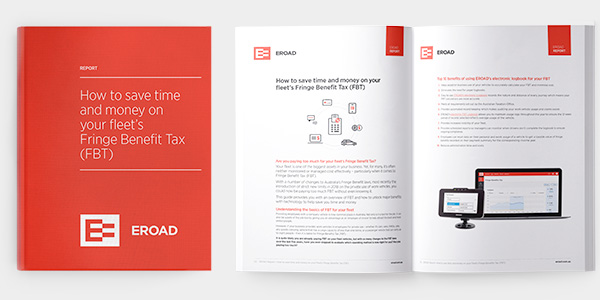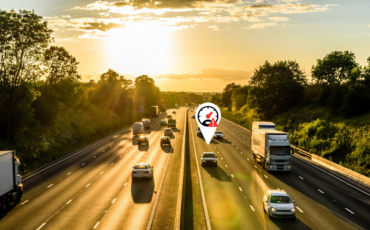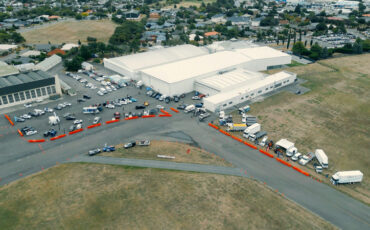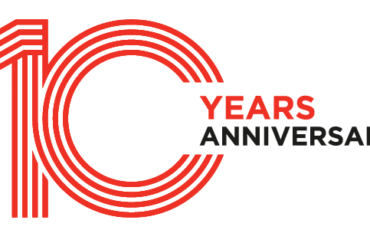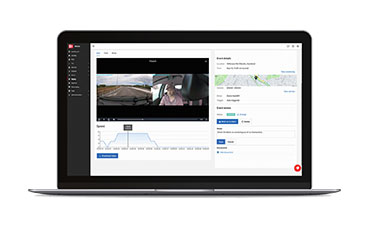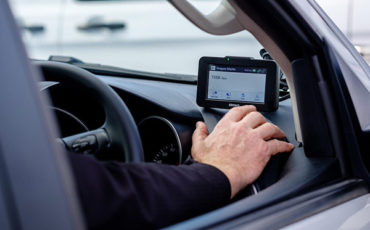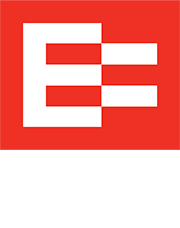FAQ: Your top FBT questions answered
FAQ: Your top FBT questions answered
If your business provides work vehicles to employees for private use – then it is liable for Fringe Benefits Tax (FBT).
But with so many changes to the FBT laws over the past five years, it’s possible you could now be paying too much just by continuing to use your old FBT method.
Q. Which method should I use to calculate my fleet Fringe Benefits Tax?
A. You have two choices: the statutory formula method, which is based on the car’s cost price; and the operating cost method, which is based on the costs of operating the car. EROAD recommends the operating cost method because it tends to be a more accurate way of recording the amount of business verses private usage for a vehicle.
Q. Which vehicles do you need to pay FBT on?
A. You need to pay FBT on vehicles such as cars, vans, 4WDs, utes or any goods-carrying vehicle that weighs less than one tonne or can carry up to nine people if they are made available to employees for private use.
Q. How can I minimise my fleet FBT?
A. Typically, using the operating cost method is the most cost effective way to calculate your FBT – particularly when using an electronic FBT Logbook as it can more accurately calculate the amount of business-related verses private use of a vehicle. However, you need to keep accurate, up-to-date records over a 12 week period. This is then valid for five years – but only provided there is no meaningful change in the business’ pattern of use. An additional advantage of the operating cost method is that it provides for a lower taxable value when employees use their cars regularly for work purposes i.e. the less a car is used privately, the less you pay in fleet FBT.
Q. What is the advantage of an electronic FBT Logbook over paper?
A. Electronic FBT Logbooks are typically more accurate as they remove the risk of human error and collect the data you need for your FBT return at the touch of a button. That makes applying the operating cost method much easier, and also helps you meet your legal obligation to keep electronic records understandable and easily accessible.
Q. Does an electronic FBT Logbook comply with workplace surveillance legislation?
A. The rules regarding the use of electronic logbooks vary across each region of Australia. In many states, the law requires you to obtain consent from employees well before they get in a car that has a GPS tracking system. In other states, the law does not permit vehicle tracking while an employee is not at work.
It is, therefore, vitally important to ensure that, if your company is using an electronic FBT Logbook, you are fully aware of the key legal requirements in your jurisdiction area. At a minimum, we recommend that your organisation has a clear policy around tracking vehicle usage, taking into account your employees’ right to privacy when undertaking private trips.
Q. Does EROAD do anything other than make electronic FBT Logbooks?
A. Yes. As one of the largest, and fastest growing, telematics providers in Australasia, we offer a suite of products that provide advanced health and safety compliance and fleet management solutions. Not only does our award-winning technology help minimise your FBT, it can also help with your Chain of Responsibility compliance and provide better visibility of your fleet and asset productivity. It also encourages safe work practices with such things as our advanced driver analytics and automated inspection and maintenance schedules as well as providing full visibility across your supply chain.

